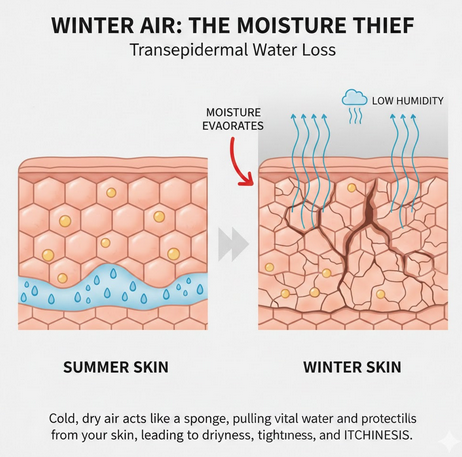Why Size Matters in Health
- OliveHealth

- Jul 21
- 3 min read
by Dr. Ed Fuentes

In environmental health, "PM" stands for Particulate Matter, which refers to a complex mixture of extremely small solid particles and liquid droplets suspended in the air. These particles vary in size, composition, and origin, and their size is a critical factor in determining their health impacts.
Here are the main classifications of particulate matter in environmental health:
PM10 (Inhalable Coarse Particles):
Size: Particles with a diameter of 10 micrometers (µm) or less (For reference, a human hair is about 70 µm in diameter).
Composition: Often includes dust, pollen, mold spores, and some types of smoke. These particles tend to be generated from mechanical processes or natural sources.
Sources: Construction sites, unpaved roads, industrial processes (e.g., crushing, grinding), wind-blown dust, agricultural activities, and pollen.
Health Effects: PM10 can generally be trapped in the upper respiratory tract (nose, throat).7 While they don't penetrate as deeply as smaller particles, they can still cause irritation of the eyes, nose, and throat, and aggravate respiratory conditions like asthma. Long-term exposure can lead to reduced lung function and other respiratory issues.
PM2.5 (Fine Inhalable Particles):
Size: Particles with a diameter of 2.5 micrometers (µm) or less.11 These are a subset of PM10.
Composition: A more diverse and often more toxic mixture, including combustion particles (soot, black carbon), organic compounds, sulfates, nitrates, and various metals. They can be directly emitted or form in the atmosphere from gas reactions.
Sources: Primarily from combustion sources like vehicle exhaust (especially diesel), power plants, industrial processes, wildfires, wood burning, and some chemical reactions in the atmosphere (secondary particles).
Health Effects: Due to their small size, PM2.5 can bypass the body's natural defenses and travel deep into the lungs, reaching the alveoli (air sacs). From there, some can even enter the bloodstream, affecting the heart and other organs. PM2.5 is considered the most harmful type of particulate matter in terms of human health. Short-term exposure can aggravate lung diseases (e.g., asthma, bronchitis), cause heart attacks, and increase susceptibility to respiratory infections. Long-term exposure is linked to reduced lung function, chronic bronchitis, cardiovascular diseases (heart attacks, strokes), lung cancer, adverse birth outcomes, and even impacts on cognitive function.
Ultrafine Particles (UFPs) / Nanoparticles:
Size: Particles with a diameter of less than 0.1 micrometers (µm) (or 100 nanometers). These are a subset of PM2.5.
Composition: Similar to PM2.5, often from combustion sources, but their extremely small size gives them unique properties and potential for harm.
Sources: Vehicle emissions (especially diesel), industrial processes, and some indoor activities.
Health Effects: UFPs are of increasing concern because their extremely small size allows them to penetrate very deeply into the lungs, readily cross into the bloodstream, and potentially travel to various organs, including the brain. This can lead to systemic inflammation, oxidative stress, and a wider range of health impacts than larger particles, although research on their specific long-term effects is still ongoing.
Other Terms You Might Encounter:
Total Suspended Particles (TSP): This is an older term that refers to all particles suspended in the air, regardless of size. It's generally less used in current air quality regulations because it doesn't differentiate by the health-relevant sizes.
PM10-2.5 (Coarse Particles): This term specifically refers to particles with diameters larger than 2.5 µm but smaller than or equal to 10 µm. This helps to distinguish them from the finer PM2.5.
The size of particulate matter dictates how deeply it can penetrate the respiratory system and, consequently, its potential to cause health problems. Larger particles (like pollen, some dust) are mostly filtered out in the nose and throat. Smaller particles (PM10, PM2.5, and UFPs) can reach the lungs, and the smallest ones can even enter the bloodstream, leading to systemic effects.




Comments